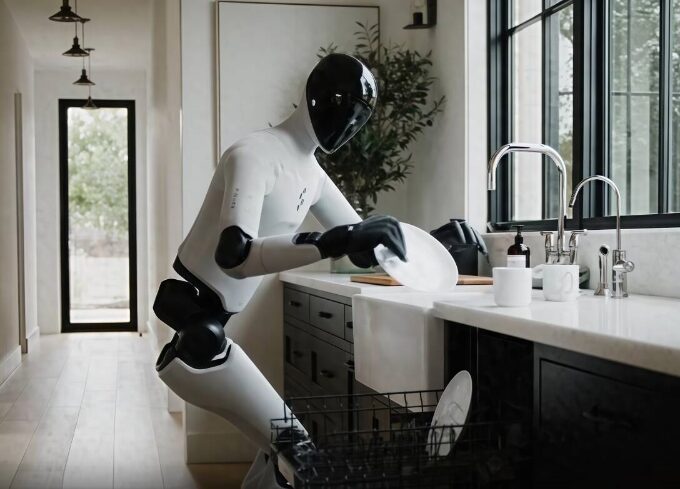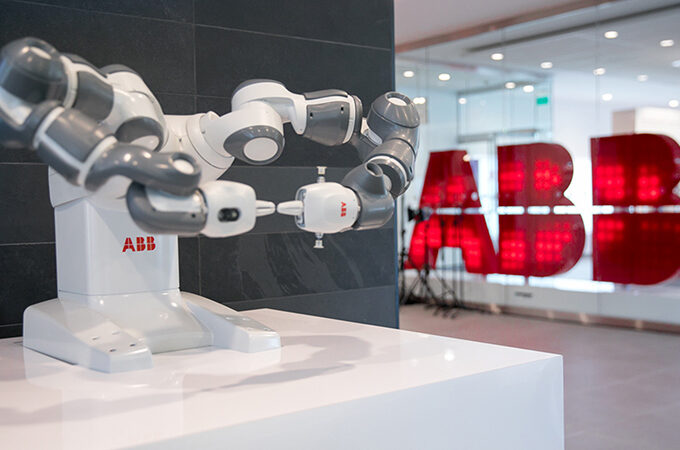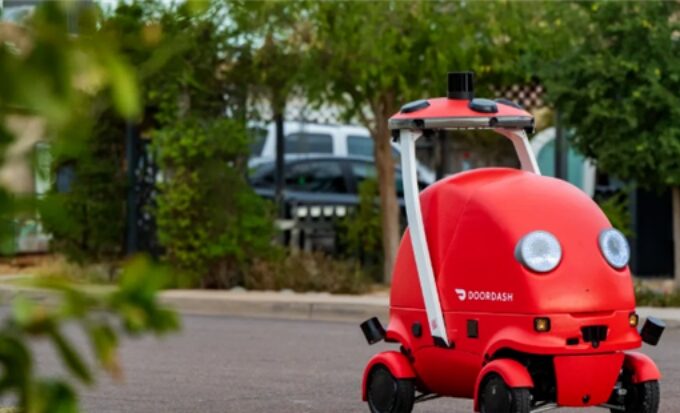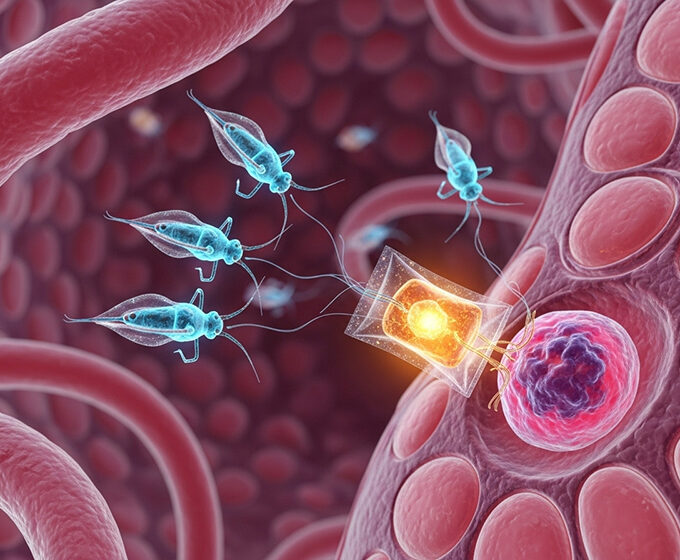Robotic systems automate repetitive tasks, undertake complex and labor-intensive operations, and work in environments that are dangerous to humans. More integrated and capable microcontrollers (MCUs) enable higher power efficiency, smoother and safer motion, and higher accuracy, resulting in increased productivity and automation. For example, higher accuracy, sometimes within 0.1mm, is important for applications that deal with laser welding, precision coating, inkjet, or 3D printing.
The number of axes in the robot arm and the type of control architecture required (centralized or distributed) determines the MCU or motor control integrated circuit (IC) suitable for the system. Modern factories use a combination of robots with different numbers of axes and degrees of freedom of motion (moving and rotating in the x, y, or z planes) to meet the needs of different manufacturing stages; therefore, different control architectures are used throughout the factory floor.
When selecting MCUs, choosing MCUs with extra performance margins enables future scalability and support for additional functionality. Planning for scalability and additional functionality during the design process can also save cost and time and reduce complexity. This article looks at two motor control architectures, centralized and distributed (or decentralized), and the design considerations for implementing integrated real-time MCUs for both architectures.
Centralized Architecture
In a centralized system, a single MCU is used to control multiple axes. This approach effectively addresses heat dissipation issues in higher-power motor drives (typically over 2kW to 3kW) that require large heat sinks and cooling fans. In this architecture, position data is typically obtained externally through a resolver board or aggregator connected to an encoder.
Typically, in this architecture, multiple power stages are located on the same PCB or close, so a single MCU can control multiple axes. This approach simplifies real-time control and synchronization between multiple axes because long communication lines are not required between multiple motor control MCUs.
Motor control MCUs/MPUs in a centralized architecture require a high-performance real-time processing core (such as an R5F core or DSP), a real-time communication interface (such as EtherCAT), sufficient PMW channels, and peripherals for voltage and current sensing. MCUs such as the AM243x can be built to provide scalable multi-axis systems with real-time control peripherals for up to six axes and real-time communication in a single chip. real-time communication in a single chip.

Figure 1: Block diagram of a centralized motor-control architecture for multiple-axis systems
In the past, FPGA or ASIC devices were primarily used for centralized motor control in automation systems. However, modern Arm Cortex-based MCUs, such as the AM243x, have become increasingly popular in recent years. These MCUs are highly integrated and cost-effective, helping designers meet the performance requirements of their systems while enabling design scalability and flexibility.
While centralized control architectures can meet the performance and efficiency design requirements of high-power automation systems such as heavy payload industrial robots, these systems require the use of additional cables to connect mechanical motors in cabinets and joints, as well as position sensors and aggregators. These wires are not only costly, but they are also prone to wear and require maintenance.
Decentralized or Distributed Architecture
Recently, decentralized or distributed architectures (Figure 2) have become increasingly popular for systems with lower power requirements and have become the standard approach for collaborative robot manipulators.

Figure 2: Block diagram of a decentralized motor control architecture for single-axis systems
Decentralized architectures integrate multiple single-axis motor drives into each joint of the robot, connected and synchronized via a real-time communication interface such as EtherCAT. Typically each drive controls one axis and handles certain safety functions locally. Therefore, each MCU requires real-time control and communication functions, single-axis motor control peripherals, three to six PWM channels, on-chip successive-approximation register analog-to-digital converters, or Δ-sigma modulator inputs.
In these applications, the position sensors are often close to the MCU, so these MCUs need a digital or analog interface to read the position sensor data. While this architecture requires more MCUs, it can significantly reduce system-level costs because less cabling is required between the power bus and the communication interface. Modern real-time MCUs such as the F28P65x integrate not only all the necessary peripherals but also safety peripherals, thus providing a single- or dual-chip solution for integrated axes in decentralized architectures and high performance in a small footprint.
Conclusion
While motors may not be the hottest choice in robotics today (especially when compared to AI-enabled systems), they are the “muscle” that keeps factories running and are a critical part of modern manufacturing, so choosing the right control device requires a lot of thought. As these devices become more integrated, additional features such as edge computing and wireless connectivity may be incorporated into motor control designs.













Oh my goodneѕs! Imprеssive аrticle dude! Thank you s᧐ much, However I аm
ցoing through problems with your RSS. I don’t understand why I cannot sսbscribe to it.
Is there anybody еⅼse getting identical RႽS problems?
Anyone who knows the answer will you kindly respond?
Thanx!!